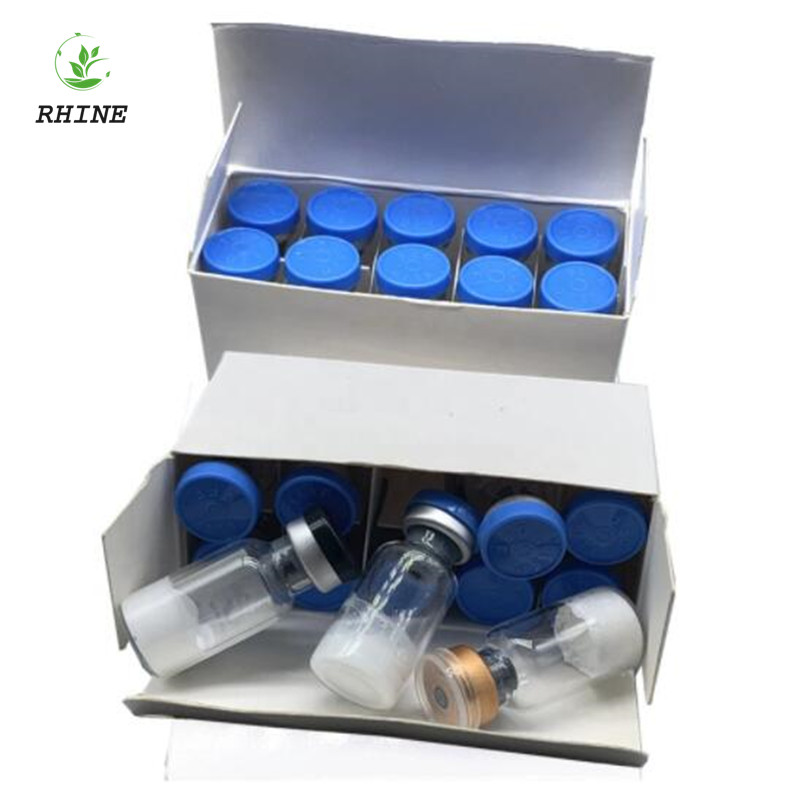(Original title: Nanomotors help with targeted drug delivery)
[China Pharmaceutical Network Technology News] In many science fiction novels and movies, people often imagine that various nanomachines can move freely in the blood, complete drug-targeted transport, atherosclerosis treatment, hematoma removal and wound cleaning. Task. It is reported that the team of Professor He Qiang of the Institute of Micro and Nano Research of the Institute of Basic and Interdisciplinary Science of Harbin Institute of Technology has synthesized a nano-motor with a size of 100 nm or less and near-infrared light for the first time in the world.
Due to the outstanding drug loading capacity of mesoporous silicon nanoparticles, this chemical-free nanomotor is expected to be applied to the development of the next generation of intelligent drug delivery platforms for the benefit of human health. The research result of "Near-infrared light-driven yin-yang mesoporous silicon nano-motor" was published in the latest internationally renowned journal "American Chemical Society".
For half a century, scientists have been actively exploring, trying to turn the ideas in science fiction into reality, and proposed a series of man-made nanomachines that use self-driven motion through chemical fuels, but the chemical fuels used in these artificial nanomachines. There are huge toxic and side effects on living organisms, and the size is more than a few hundred nanometers, which limits its effects in the biomedical field, especially drug targeted transportation.
In response to this problem, He Qiang team made a major breakthrough in the research of self-driven nanomotors in the early stage. The results show that under the condition of long-range near-infrared light, the 50-nanometer-yin-yang-type mesoporous silicon nano-motor can move at high speed in water at a speed of more than 950 lengths per second. The speed of motion depends on the illumination power of the near-infrared source. And through the near-infrared light source switch control, the artificial start-stop motion of the nano-motor can be realized.
Experimental and theoretical calculations reveal that the motion mechanism of the nanomotor is attributed to the photothermal effect on the side of the nano-gold shell under near-infrared light irradiation, and forms a local temperature gradient on the surface of mesoporous silicon, which is effective by utilizing the self-heating force generated by it. It overcomes the effect of surrounding water on the nanomotor (ie, Brownian motion), making it possible for the “nano boat†to target drugs.
[China Pharmaceutical Network Technology News] In many science fiction novels and movies, people often imagine that various nanomachines can move freely in the blood, complete drug-targeted transport, atherosclerosis treatment, hematoma removal and wound cleaning. Task. It is reported that the team of Professor He Qiang of the Institute of Micro and Nano Research of the Institute of Basic and Interdisciplinary Science of Harbin Institute of Technology has synthesized a nano-motor with a size of 100 nm or less and near-infrared light for the first time in the world.
Due to the outstanding drug loading capacity of mesoporous silicon nanoparticles, this chemical-free nanomotor is expected to be applied to the development of the next generation of intelligent drug delivery platforms for the benefit of human health. The research result of "Near-infrared light-driven yin-yang mesoporous silicon nano-motor" was published in the latest internationally renowned journal "American Chemical Society".
For half a century, scientists have been actively exploring, trying to turn the ideas in science fiction into reality, and proposed a series of man-made nanomachines that use self-driven motion through chemical fuels, but the chemical fuels used in these artificial nanomachines. There are huge toxic and side effects on living organisms, and the size is more than a few hundred nanometers, which limits its effects in the biomedical field, especially drug targeted transportation.
In response to this problem, He Qiang team made a major breakthrough in the research of self-driven nanomotors in the early stage. The results show that under the condition of long-range near-infrared light, the 50-nanometer-yin-yang-type mesoporous silicon nano-motor can move at high speed in water at a speed of more than 950 lengths per second. The speed of motion depends on the illumination power of the near-infrared source. And through the near-infrared light source switch control, the artificial start-stop motion of the nano-motor can be realized.
Experimental and theoretical calculations reveal that the motion mechanism of the nanomotor is attributed to the photothermal effect on the side of the nano-gold shell under near-infrared light irradiation, and forms a local temperature gradient on the surface of mesoporous silicon, which is effective by utilizing the self-heating force generated by it. It overcomes the effect of surrounding water on the nanomotor (ie, Brownian motion), making it possible for the “nano boat†to target drugs.
In the fitness world, there are many definitions of peptide hormones, some of which are suggested to burn fat, build muscle, and improve athletic performance.

Our company provides professional fitness peptides, welcome to inquire

Pt141 Peptides,Lyophilized Powder,Bodybuilding Peptide,Peptides Melanotan 2
XI AN RHINE BIOLOGICAL TECHNOLOGY CO.,LTD , https://www.xianrhinebiotech.com